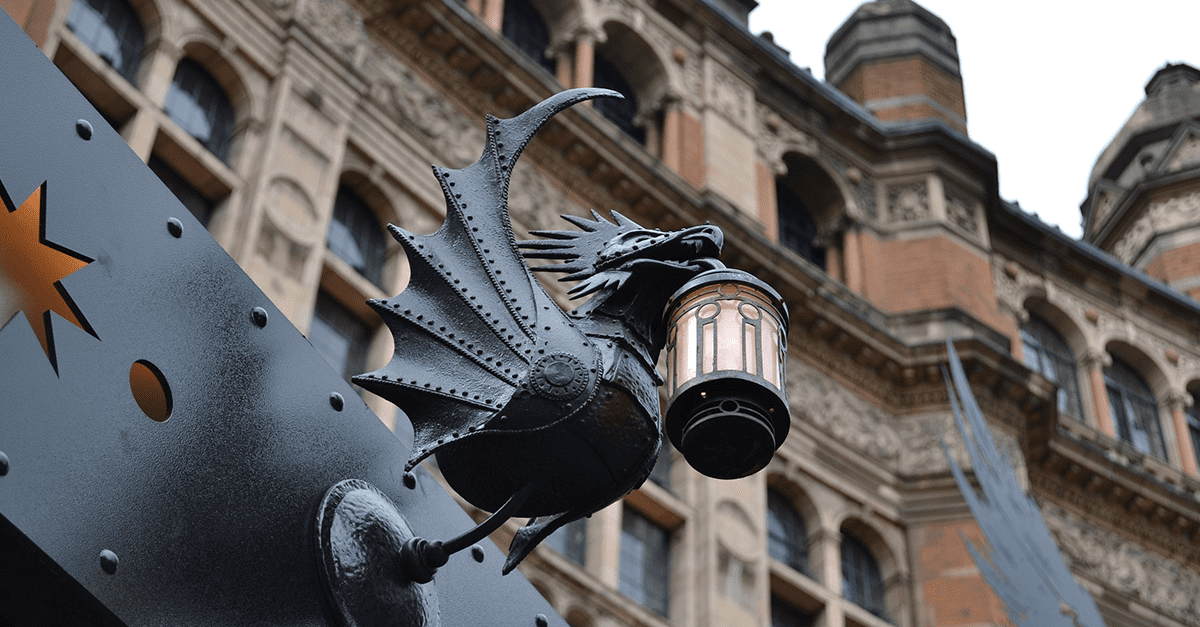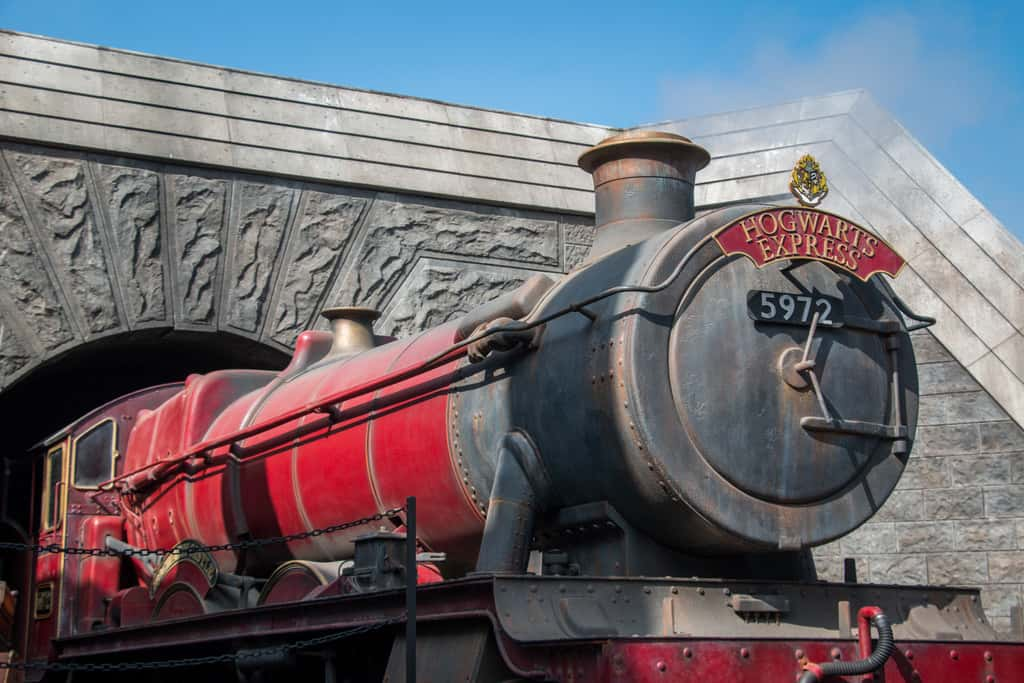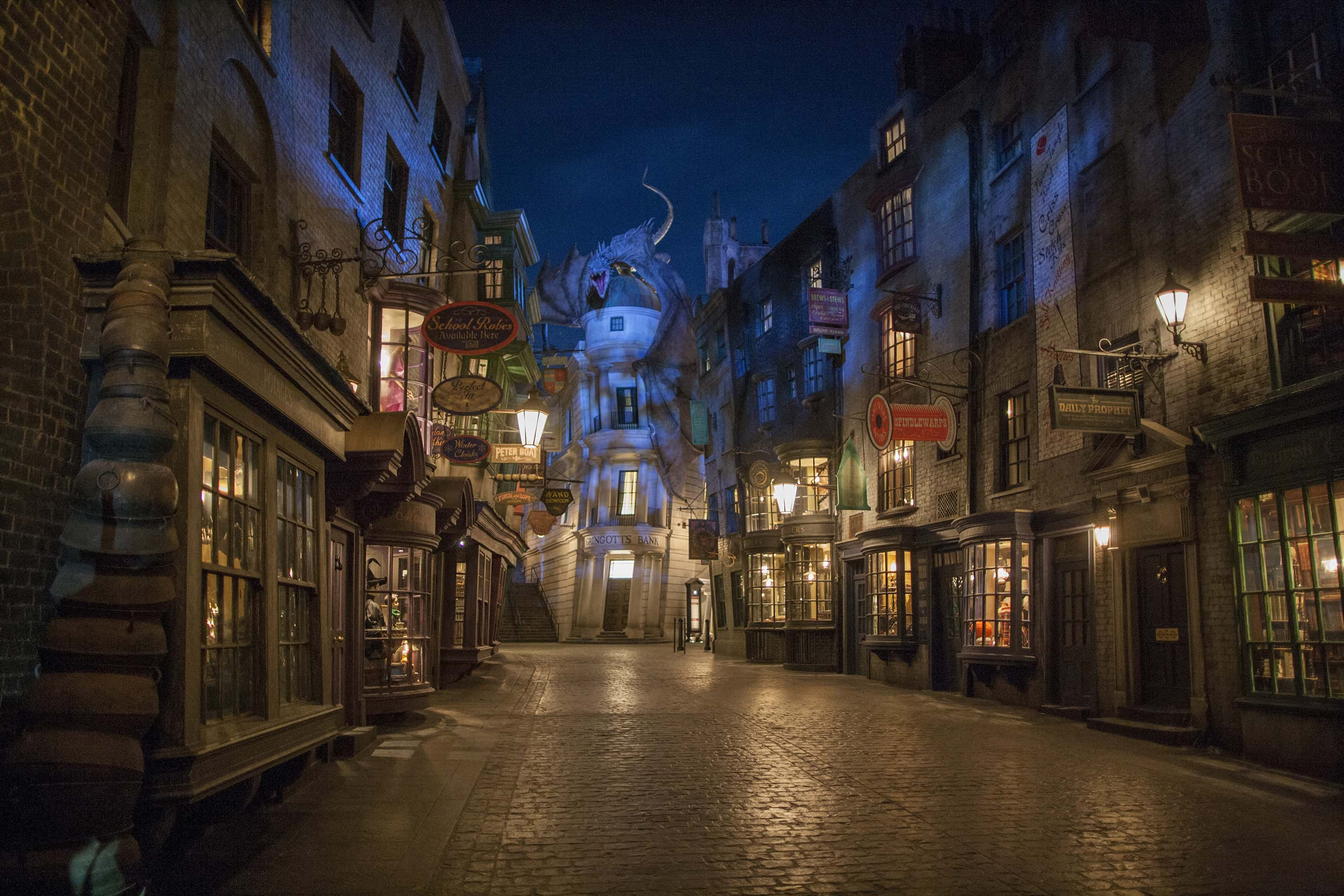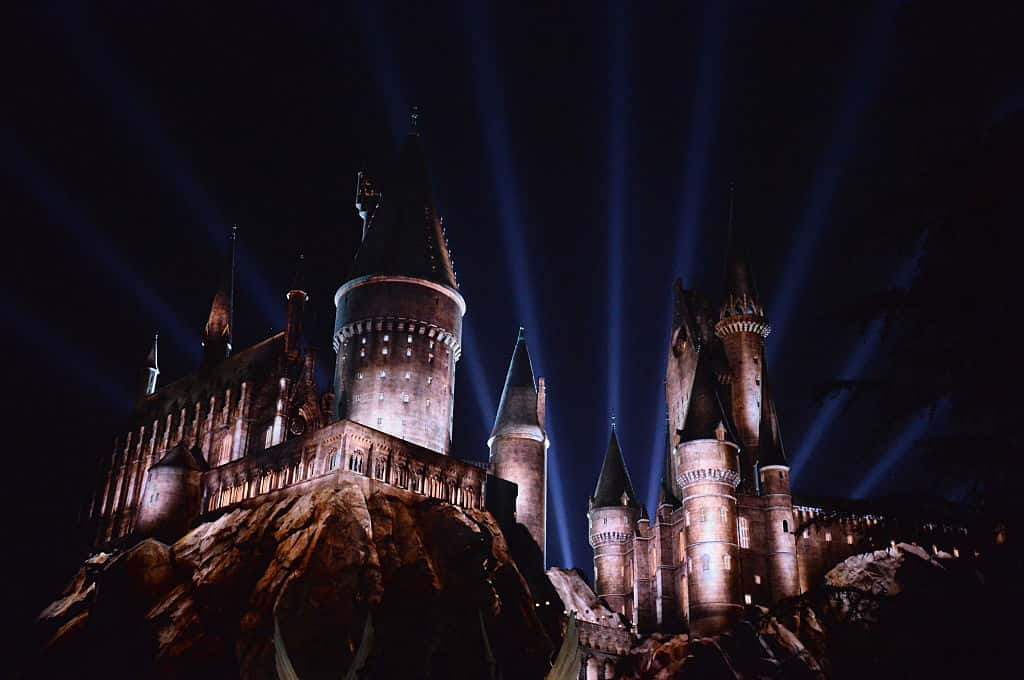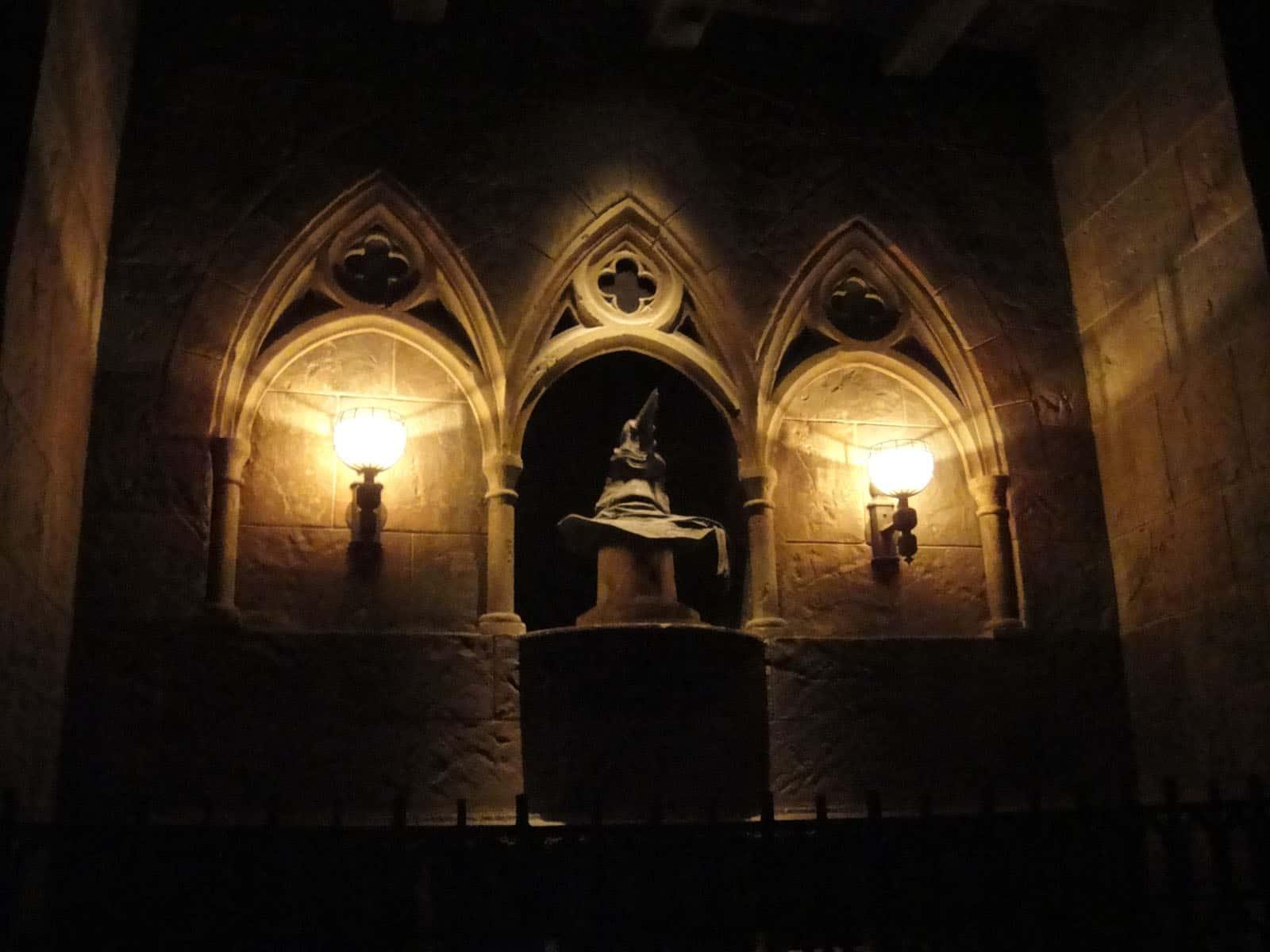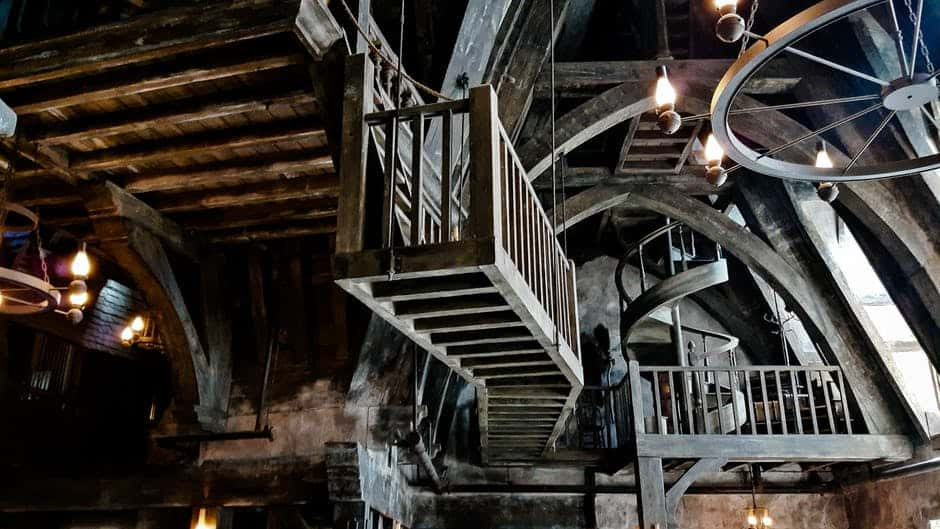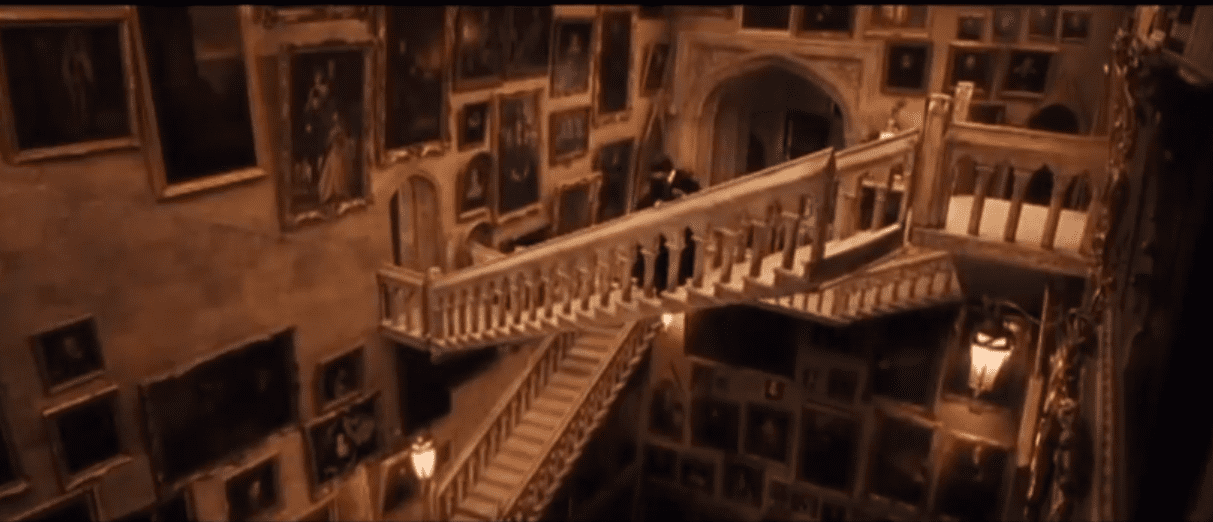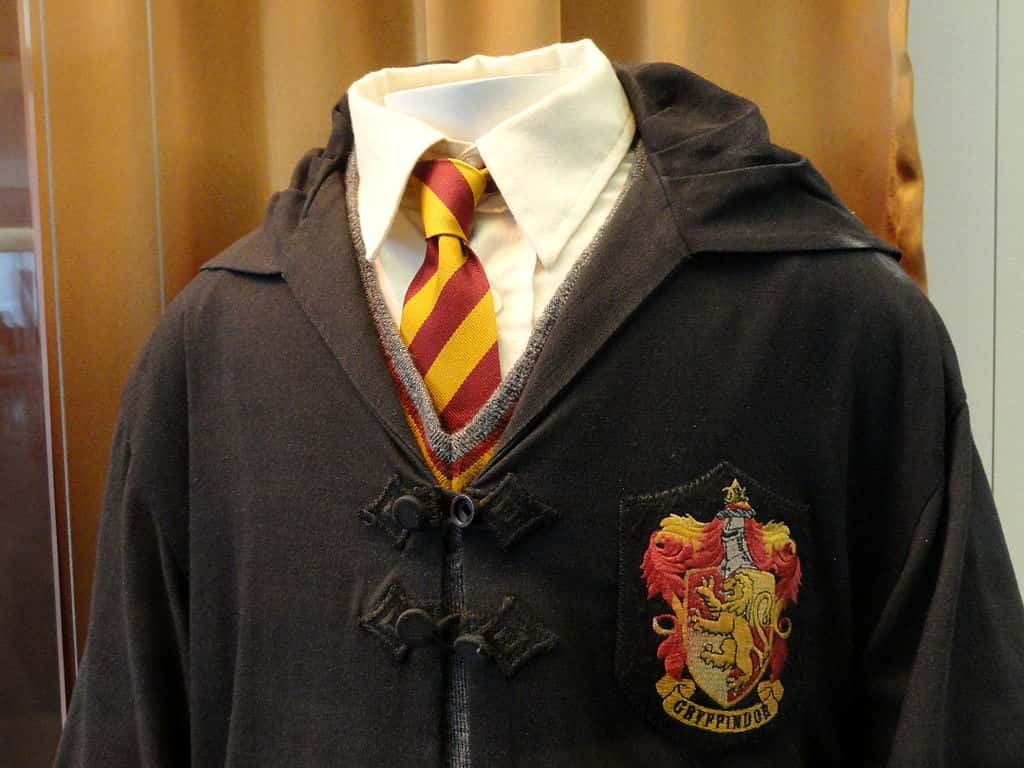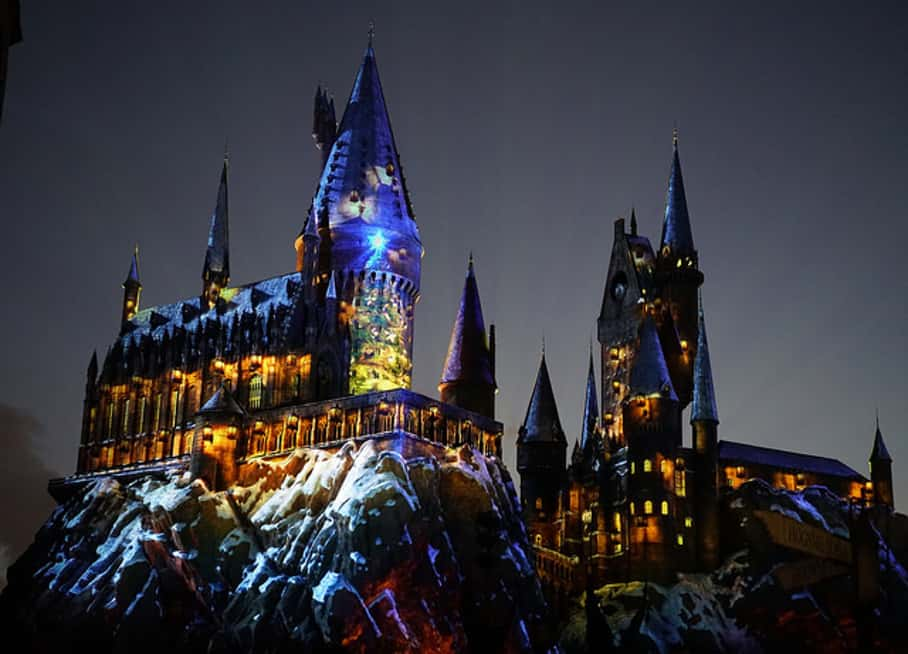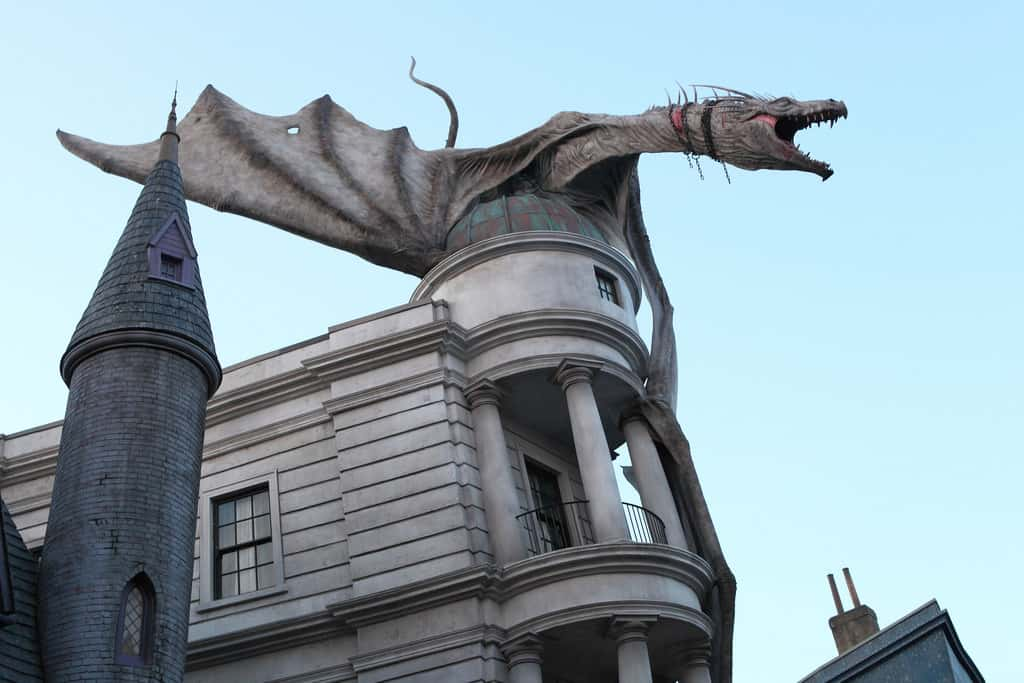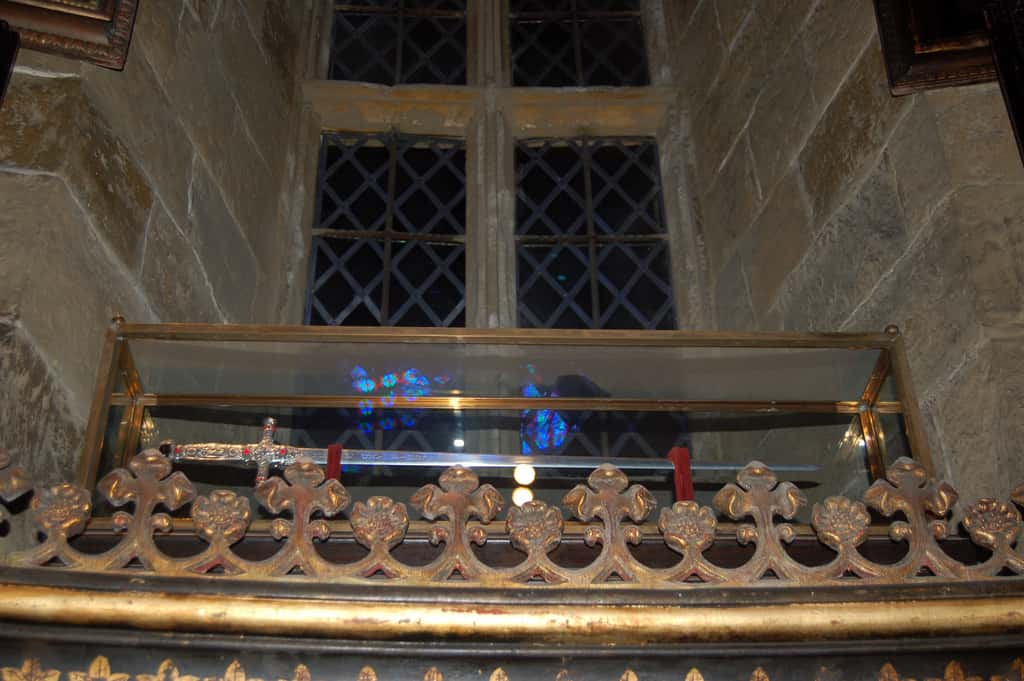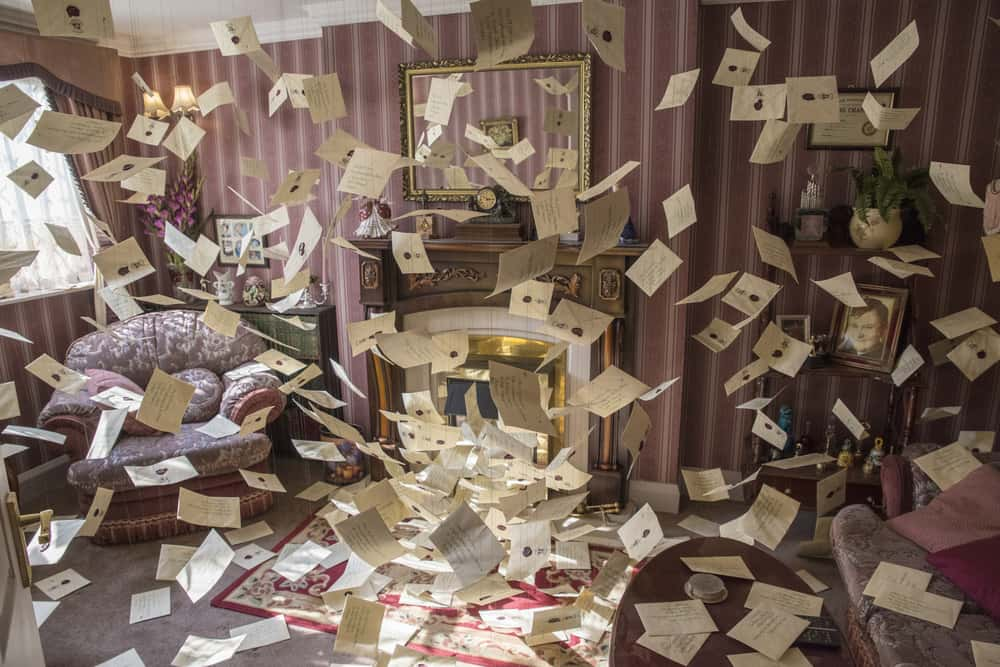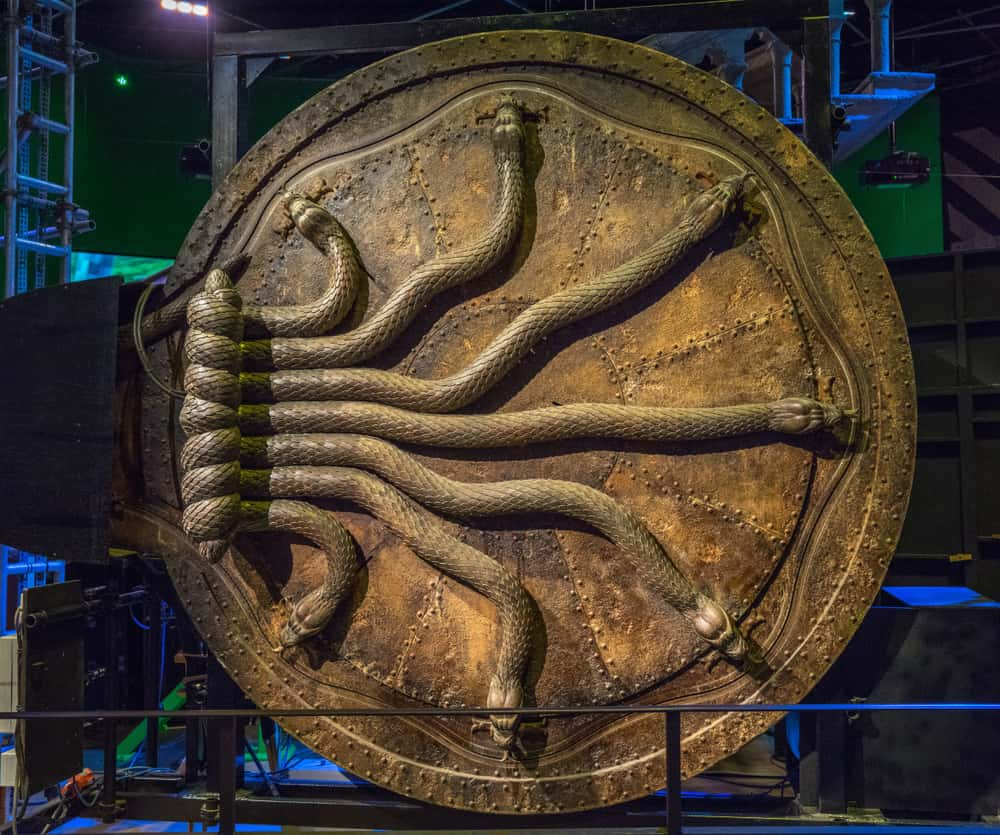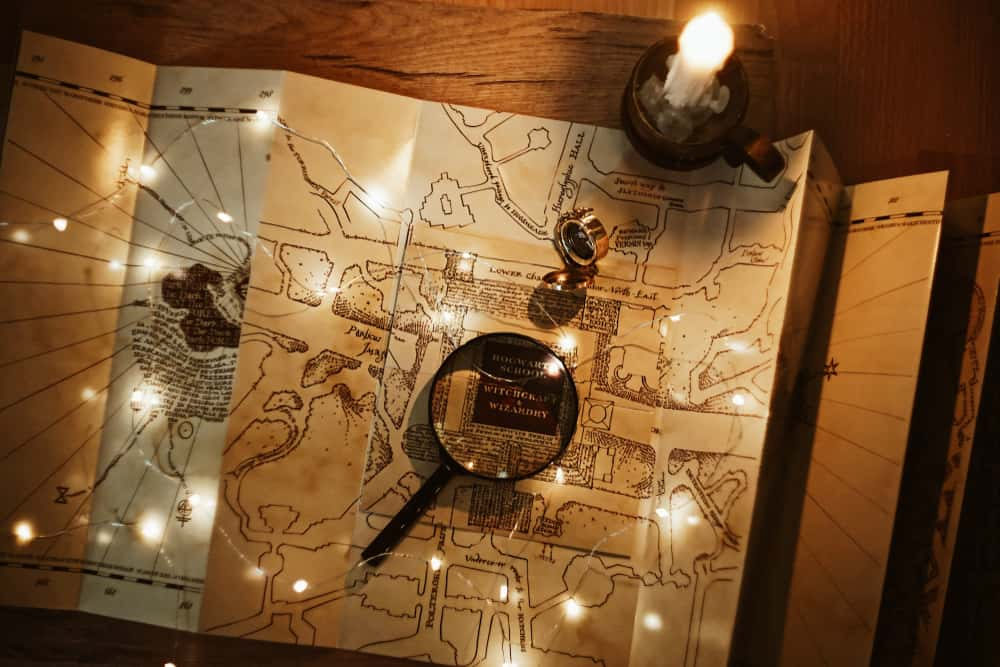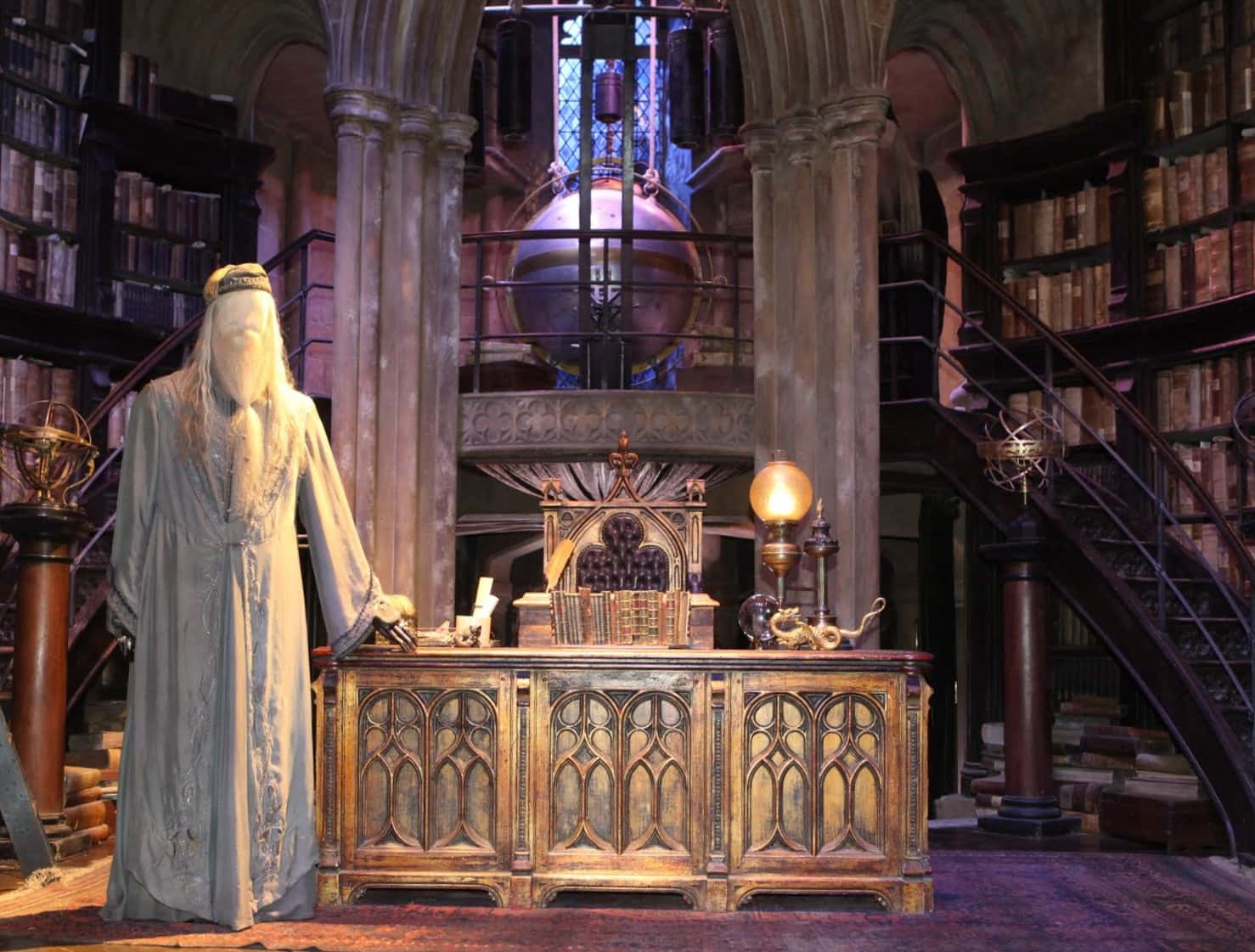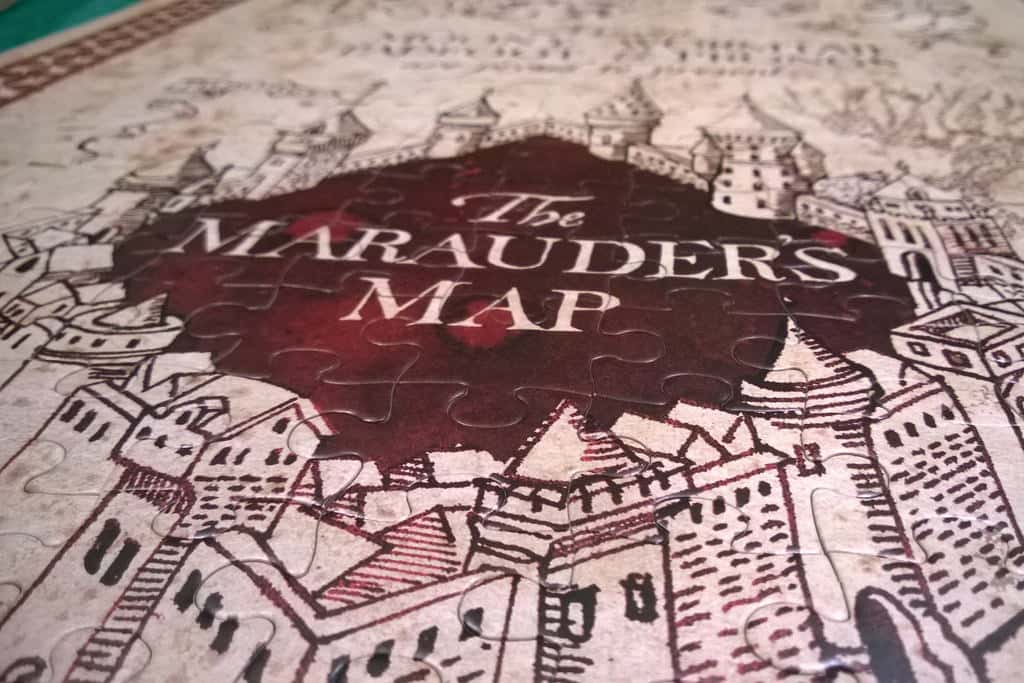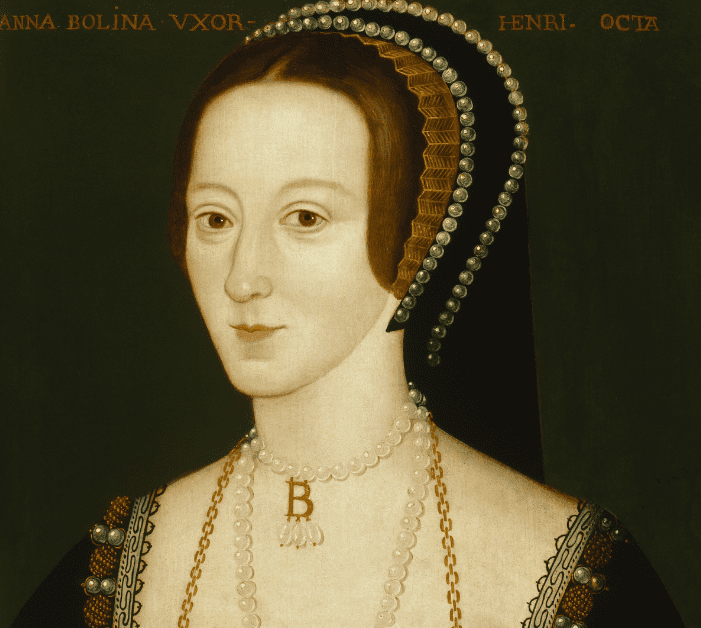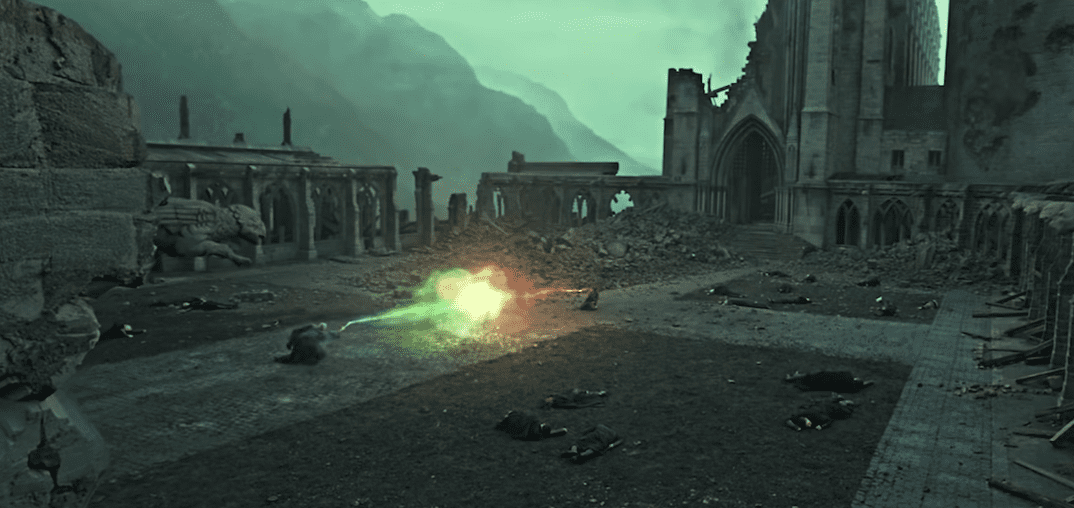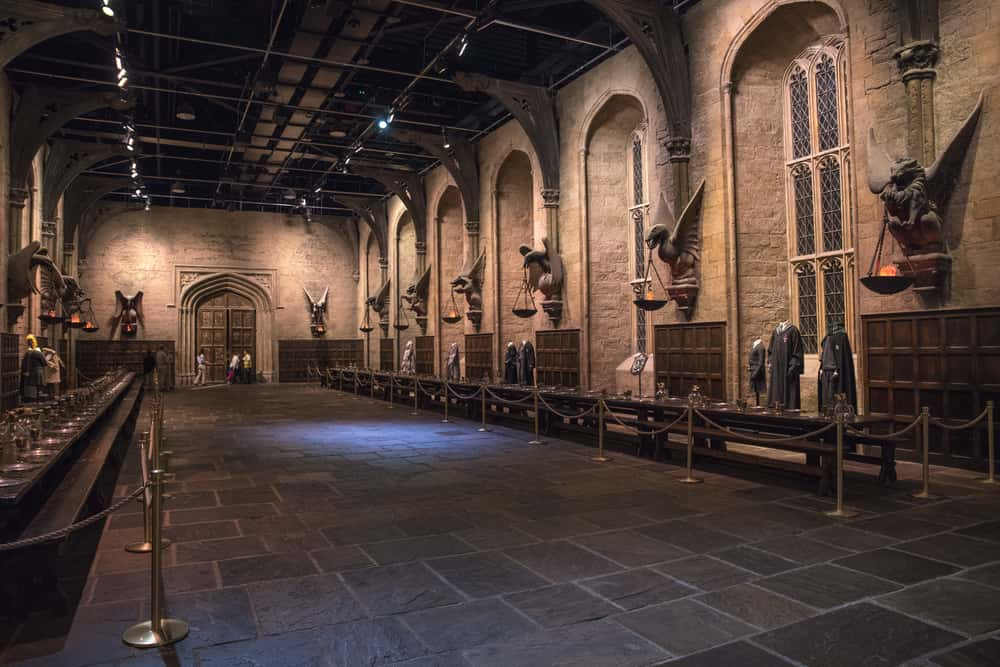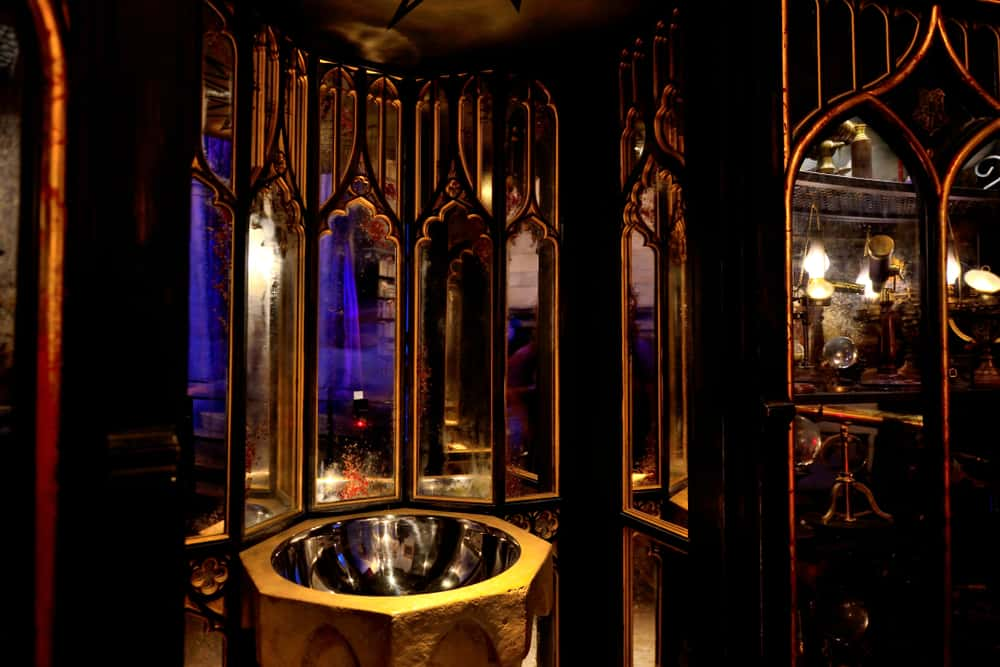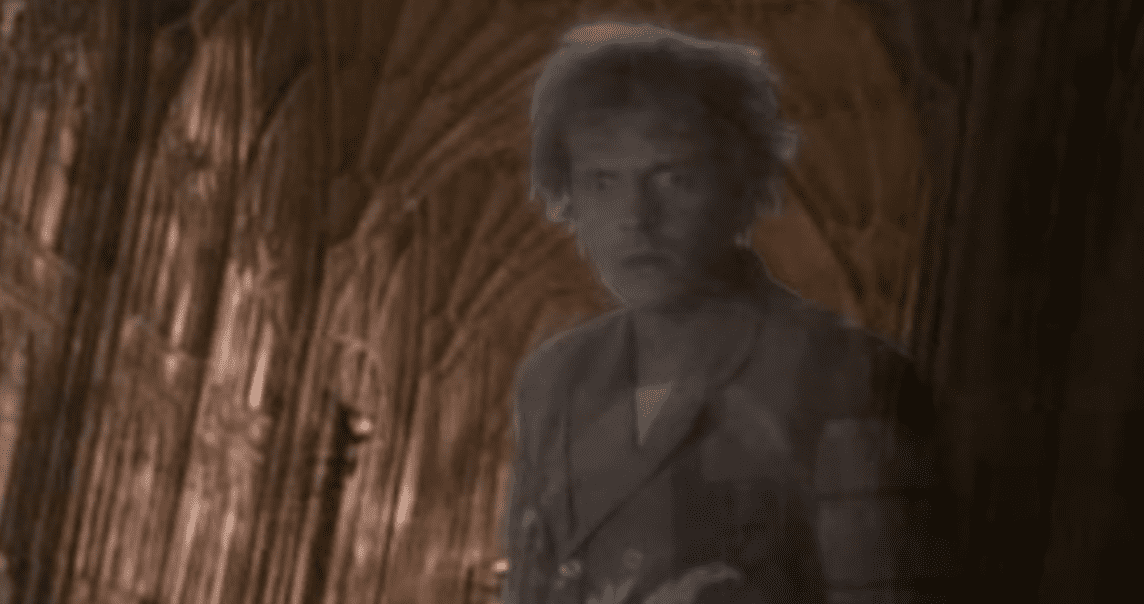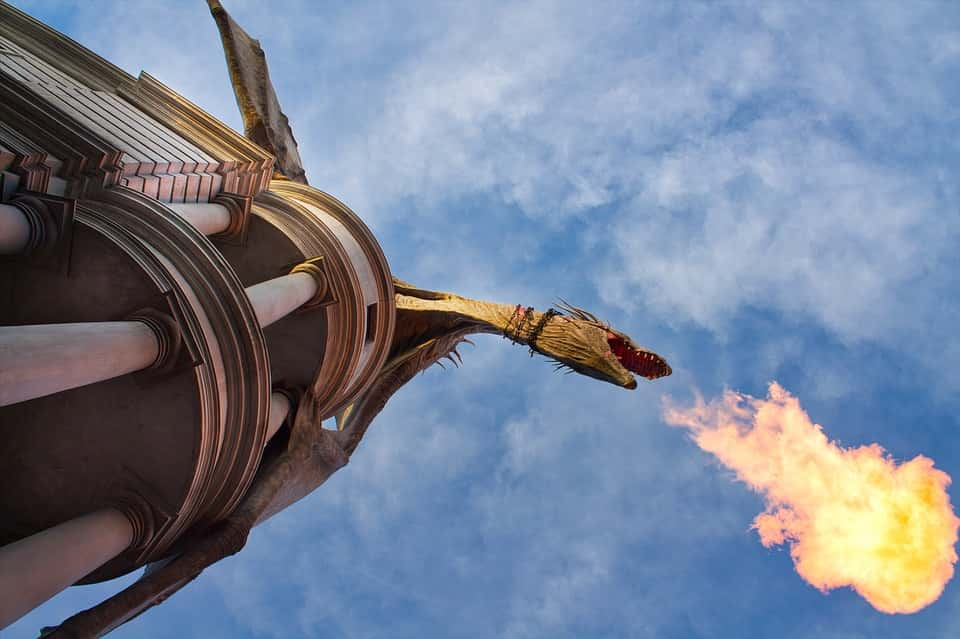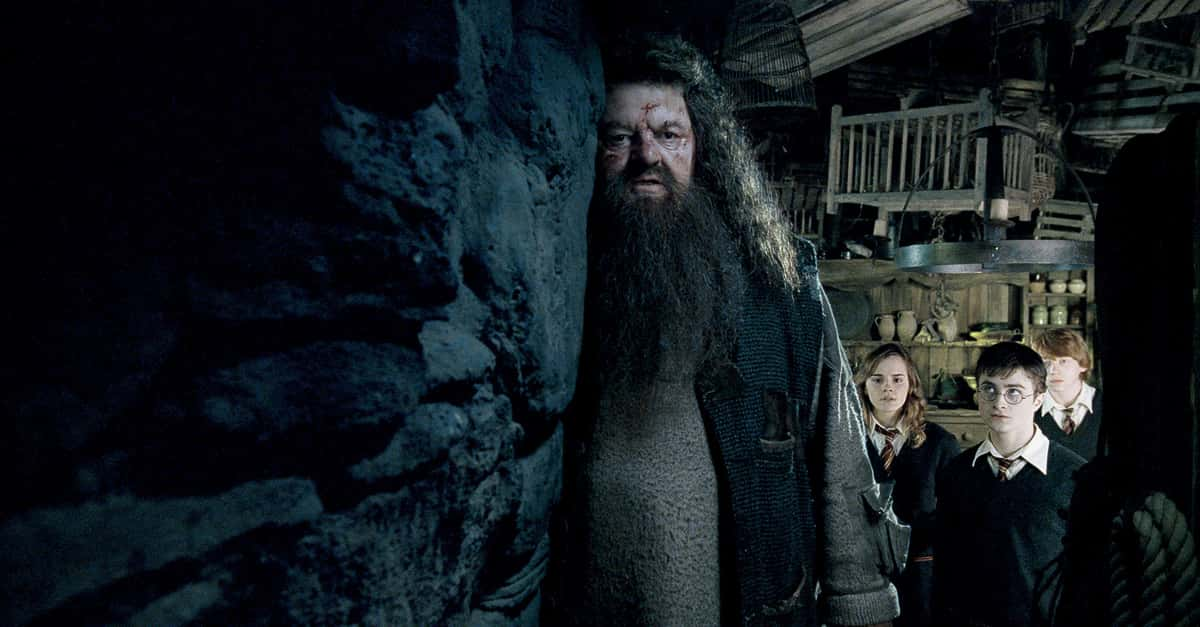"Whether you come back by page or by the big screen, Hogwarts will always be there to welcome you home."— J. K. Rowling
Hogwarts Castle is the large, seven story building that houses the Hogwarts School of Witchcraft and Wizardry, Britain's magical school for young witches and wizards aged eleven to eighteen. Built in 993 AD by a wizard architect and the four most celebrated wizards of the age, it served as the primary setting for every book in the Harry Potter series. Considered to be the “finest school of witchcraft and wizardry in the world,” it's located in the Highlands of Scotland, and takes students from Great Britain, Northern Ireland and Ireland. Below are 42 facts about the magical school that has so thoroughly captured the imaginations of muggles all over the world.
Hogwarts Facts
42. Vague Coordinates
While it's known that Hogwarts School is somewhere in Scotland, the exact location is hidden with various charms and spells that make it impossible to discover.
If anyone does come across it, all they see is the ruins of a castle with a warning to keep out.
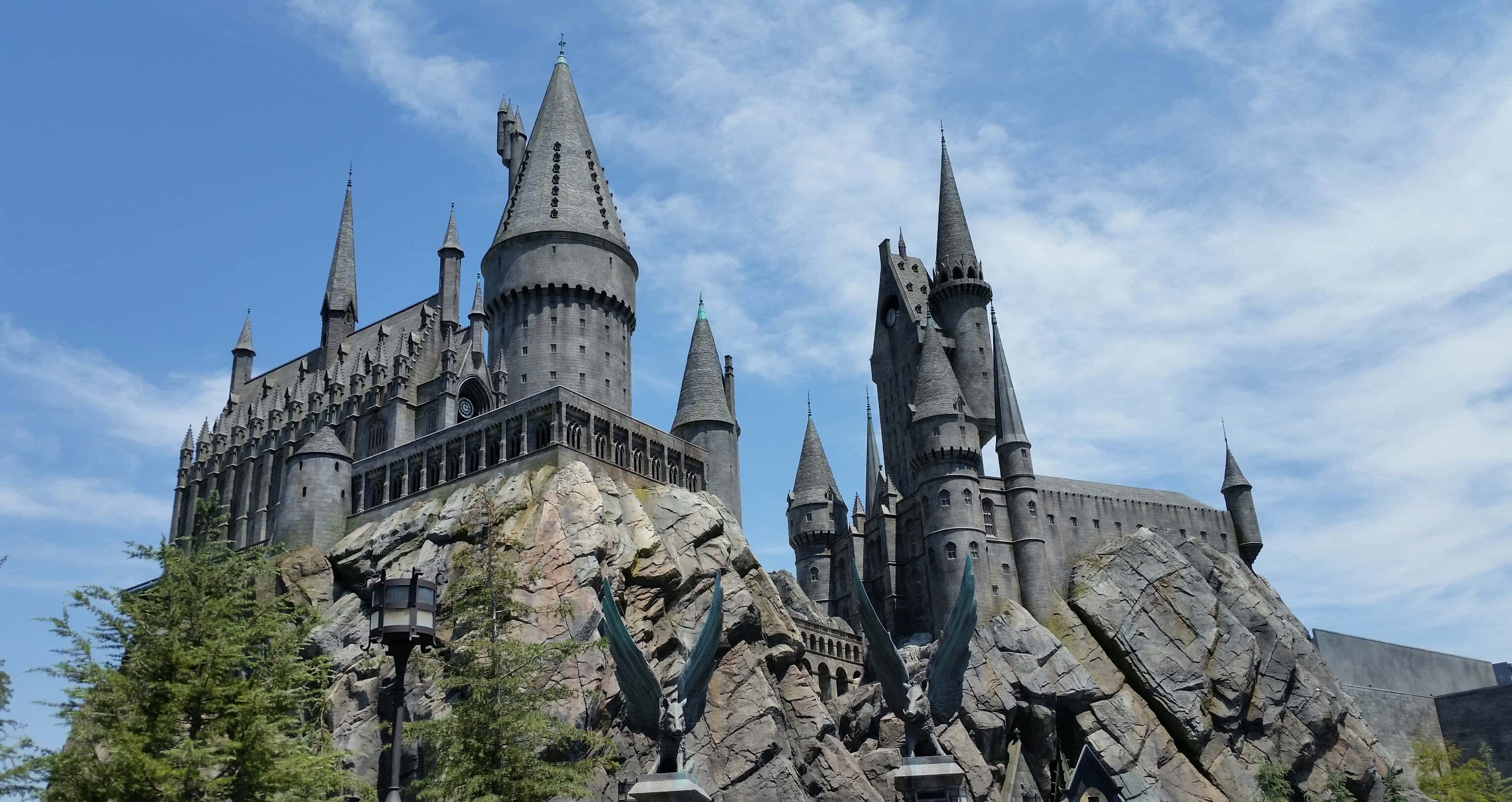 Wikimedia Commons
Wikimedia Commons
41. Platform 9 ¾
Students attending Hogwarts Academy must board the Hogwarts Express train on platform 9 ¾ at King’s Cross station. The train leaves precisely at 11 am on September 1 each year, and it can be accessed by walking through the solid barrier between platforms 9 and 10.
40. Seven Subjects
There are seven required subjects for all first-year students at Hogwarts. They are: Transfiguration, Charms, Potions, History of Magic, Defence Against the Dark Arts, Astronomy, and Herbology. Learning how to fly on a broomstick is also required of all students.
39. Acceptance
A Witch or a Wizard who is born with magical abilities will be automatically enrolled in Hogwarts as soon as they're born. At age 11, admission is confirmed via owl. If the child has magical abilities but is born to Muggle (human) parents, their parents receive a visit from one of the school’s professors.
38. Boats and Carriages
As soon as they get off the train at Hogsmede Station, first-year students are led to boats that carry them across the Great Lake. Thestral-drawn carriages transport the older students to the school.
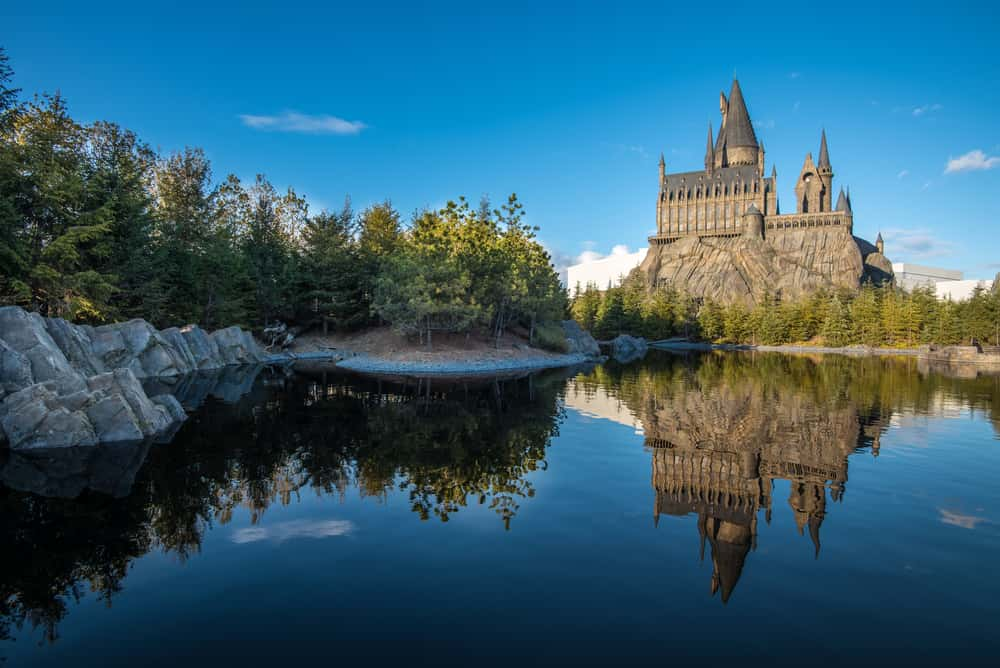 Shutterstock
Shutterstock
37. Neighbors
The village of Hogsmeade is the closest populated location to Hogwarts, and is located near to Dufftown in Banffshire and Achintee in Lochaber. Surrounding the castle are mountains, and to the south is the Great Lake. To the west of the doors to the entrance hall are broad, sloping lawns, as well as the Forbidden Forest. The grounds of the castle also contain vegetable patches and a number of greenhouses.
36. Thirty-Sixth Best
According to the 2008 Independent Schools Network Ranking, Hogwarts is the 36th best school in Scotland.
It was added to the list for fun...and outranked Edinburgh’s Loretto School, which is one of Scotland’s oldest boarding schools.
35. Sorting Ceremony
Once all of the students have arrived, first-years are led into the Great Hall for the Sorting Ceremony. The Sorting Hat then decides which of the four houses each student will be assigned to—Gryffindor, Hufflepuff, Ravenclaw, or Slytherin. The houses are named after the four founding wizards of Hogwarts, and students are sorted according to the different personalities of the founders.
34. Staircases Galore
Hogwarts is connected by 142 staircases running throughout its many turrets, dungeons and towers. The Grand Staircase is a massive structure in the castle, and is mainly used to access each of the castle’s seven floors, including the dungeons. Portraits completely line the walls, some of which hide the entrances to the school’s secret passages.

History's most fascinating stories and darkest secrets, delivered to your inbox daily.
33. Where They Stop, Nobody Knows
The different staircases in the Grand Staircase reach up to the seventh floor and have a tendency to move within the chamber, often when someone is on them. Certain trick stairs cause the student to sink through them, at which point another person will need to rescue them. First-year students are the most common "victims" of the stairs, as the older students tend to know where the trick ones are and simply jump over them.
32. Adding Subjects
At the end of their second year at Hogwarts, in addition to the seven first-year required subjects, students have to select two more subjects to add to their studies. Those subjects include Arithmancy, Muggle Studies, Divination, Study of Ancient Runes, and Care of Magical Creatures. Some subjects such as Alchemy may also be offered, but only if there is enough interest.
31. Protection Spells
Hogwarts Castle is supported by numerous spells such as the Anti-Disapparition Jinx, halts all apparition into or out of the grounds. The castle’s magic is reportedly strong enough to deter even the most talented dark wizards, and can’t be touched by the Taboo (the curse that allowed Voldemort to track anyone who said his name). There are also spells preventing the gates from being unlocked by anyone but teachers, to prevent anyone from climbing the walls, and to keep anyone from flying in on their broomsticks.
30. Safest Place There Is
According to Rubeus Hagrid, Hogwarts is the safest place there is in the magical world, even safer than Gringotts, the bank where wizards store their money, which is why the Philosophers' Stone was kept in the school.
29. moThe Secrets Nobody Knows
Hogwarts contains many secrets, and according to Dumbledore, “there was neither a living nor dead soul in the world who knew all the secrets of the castle.” Even the creators of the Marauders Map didn’t know everything about it, and there were rooms that they never discovered.
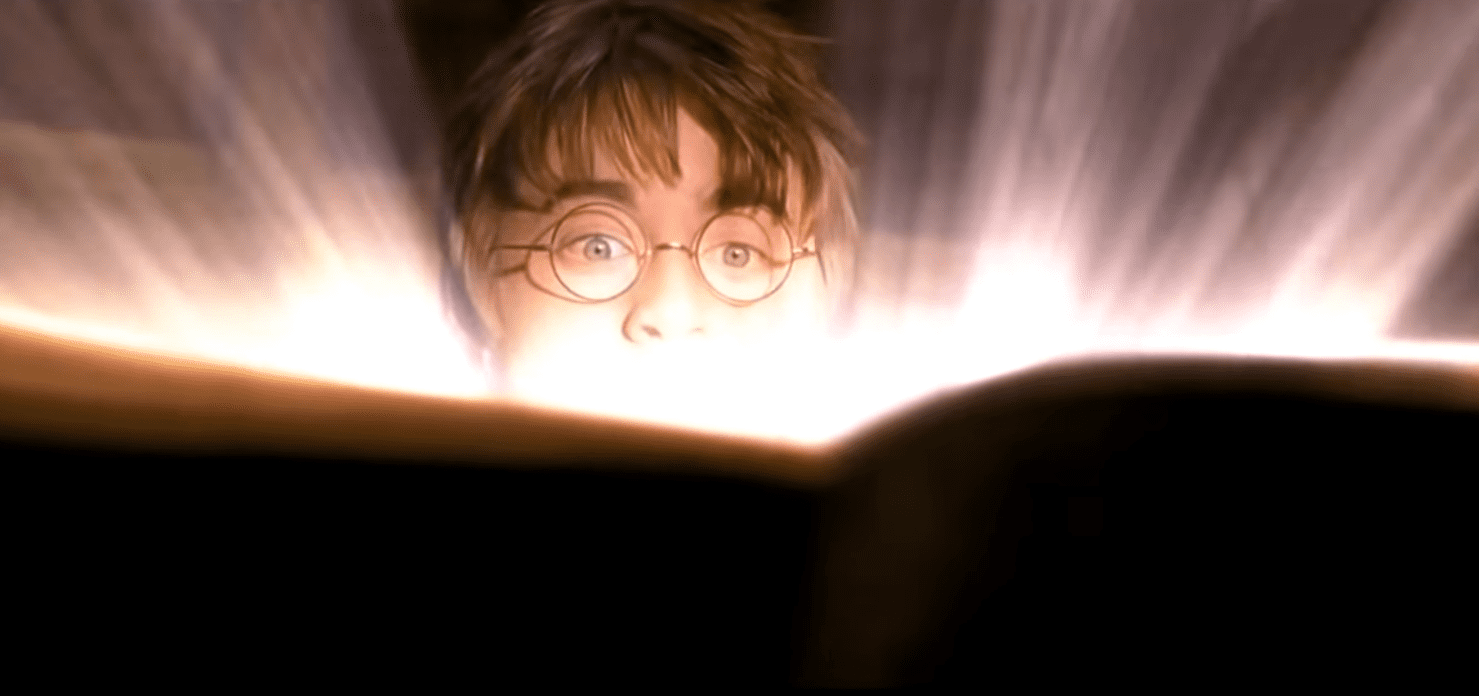 Harry Potter and the Chamber of Secrets, Warner Bros.
Harry Potter and the Chamber of Secrets, Warner Bros.
28. Historical Relics
Six magical objects to be found at Hogwarts were said to be possessions of Hogwarts’ founders and were of unimaginable value. The Sword of Gryffindor belonged to, you guessed it, Godric Gryffindor. Goblin made, it was constructed of pure silver inset with rubies. In 1993, the sword appeared inside the Sorting Hat when Harry was inside the Chamber of Secrets, proving to him once and for all that he was a true Gryffindor. The other relics of the Founders included Slytherin’s Locket, Hufflepuff’s Cup, Ravenclaw’s Diadem, the Founder Statues, and the Sorting Hat itself.
27. Pure Bloods Only!
Salazar Slytherin wanted Hogwarts to admit pure-bloods only, but when the other founders refused to agree to this principle, he chose to leave the school.
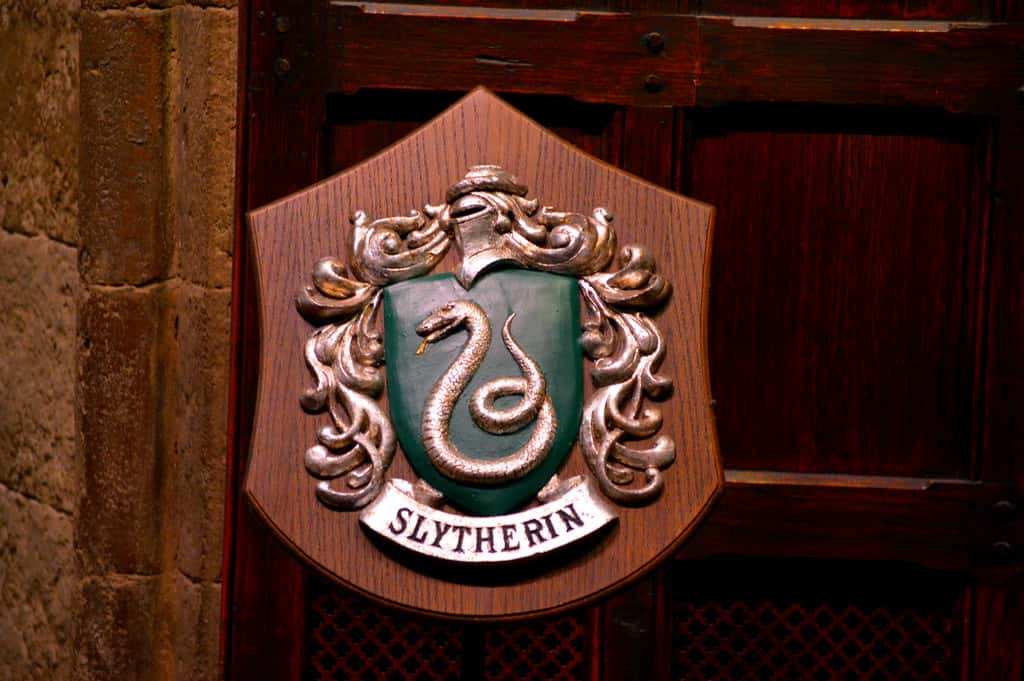 Flickr
Flickr
26. Book of Admittance/Quill of Acceptance
The Book of Admittance is an ancient book bound by peeling-black dragon hide that sits locked in a small tower, and no human hands have touched it since its placement there by the founders. Beside the book is a small silver inkpot with a long quill called the Quill of Acceptance. The quill writes down the birth of every magical child in the book, as well as non-magical children who display magical ability. Few wizards even know of the book's existence, and fewer still have ever witnessed it in action. This is the only system that has ever existed for admitting children into Hogwarts—if their name is in the book, they are accepted.
25. Below the Dungeons
Salazar Slytherin, one of the original founders of Hogwarts, created the Chamber of Secrets just before he left the school. It was built way below the dungeons of the castle and housed an ancient Basilisk which Slytherin intended to rid the school of its unpure students. The entrance is located in Moaning Myrtle’s bathroom and one must say "open" in Parseltongue to gain access. The sink then opens into a slide, and at the end of it, the person lands in a damp, stone chamber. The room is said to be “miles beneath the school,” situated somewhere below the Great Lake.
24. A Ghost in the Bathroom
Moaning Myrtle’s final resting place is in the first-floor girl’s bathroom above the Great Hall. Myrtle was a Ravenclaw student who was killed by Slytherin’s Basilisk under the order of Tom Riddle (AKA Voldemort). Myrtle haunts the toilet, and frequently floods it with her emotional outbursts. It’s described as “gloomy, with cracked and spotty mirrors, and chipped stone sinks." Due to Myrtle’s depressing presence, girls attending Hogwarts only go in there when absolutely necessary.
 Harry Potter and the Goblet of Fire, Warner Bros.
Harry Potter and the Goblet of Fire, Warner Bros.
23. Secret Passages
According to the Marauder’s Map, there are a total of seven secret passages in Hogwarts that allow students to sneak in and out of the school.
Among them are the One-Eyed Witch passage, which is found behind the one-eyed witch statue by the stairs to the Defence Against the Dark Arts classroom. The passage is opened by tapping the wand on the statue and speaking the password, Dissendium. It leads to Honeydukes Sweet Shop in Hogsmeade by way of a tunnel under the school.
22. School Olympics
The first tri-wizard tournament was held 300 years after the founding of Hogwarts. The tournament was an interschool competition between the three most prestigious magical schools in Europe—Hogwarts, Beauxbatons, and Durmstrang. It was in part created to allow students from the different schools to interact with one another.
21. A Rewarding Secret
The Room of Rewards is a secret room at Hogwarts that records the various accomplishments of the students. The entrance is found behind the portrait of Vindictus Viridian on the Grand Staircase, and is a separate room from the Trophy Room.
20. Seeing Stars
The Enchanted Ceiling is found inside the Great Hall. It's bewitched to look like the sky outside, whatever the weather. The mimicry is so authentic that at first blush, it looks like there’s no ceiling at all.
Classroom Eleven also has an enchanted ceiling that is bewitched to look like a forest during divination lessons, and the night sky the rest of the time.
 Harry Potter and the Prisoner of Azkaban, Warner Bros.
Harry Potter and the Prisoner of Azkaban, Warner Bros.
19. No Magical Appearances
Apparating and Disapparating within Hogwarts is impossible for all students and teachers.
The only one with the ability to magically appear and disappear in the school is, of course, Dumbledore. Who else would it be??
18. No Boys Allowed
Hogwarts has a solution in case any boys get the idea to enter the girls’ dormitories. The stairs outside the entrance will immediately turn into a slide if boys try to climb them, keeping them from getting in.
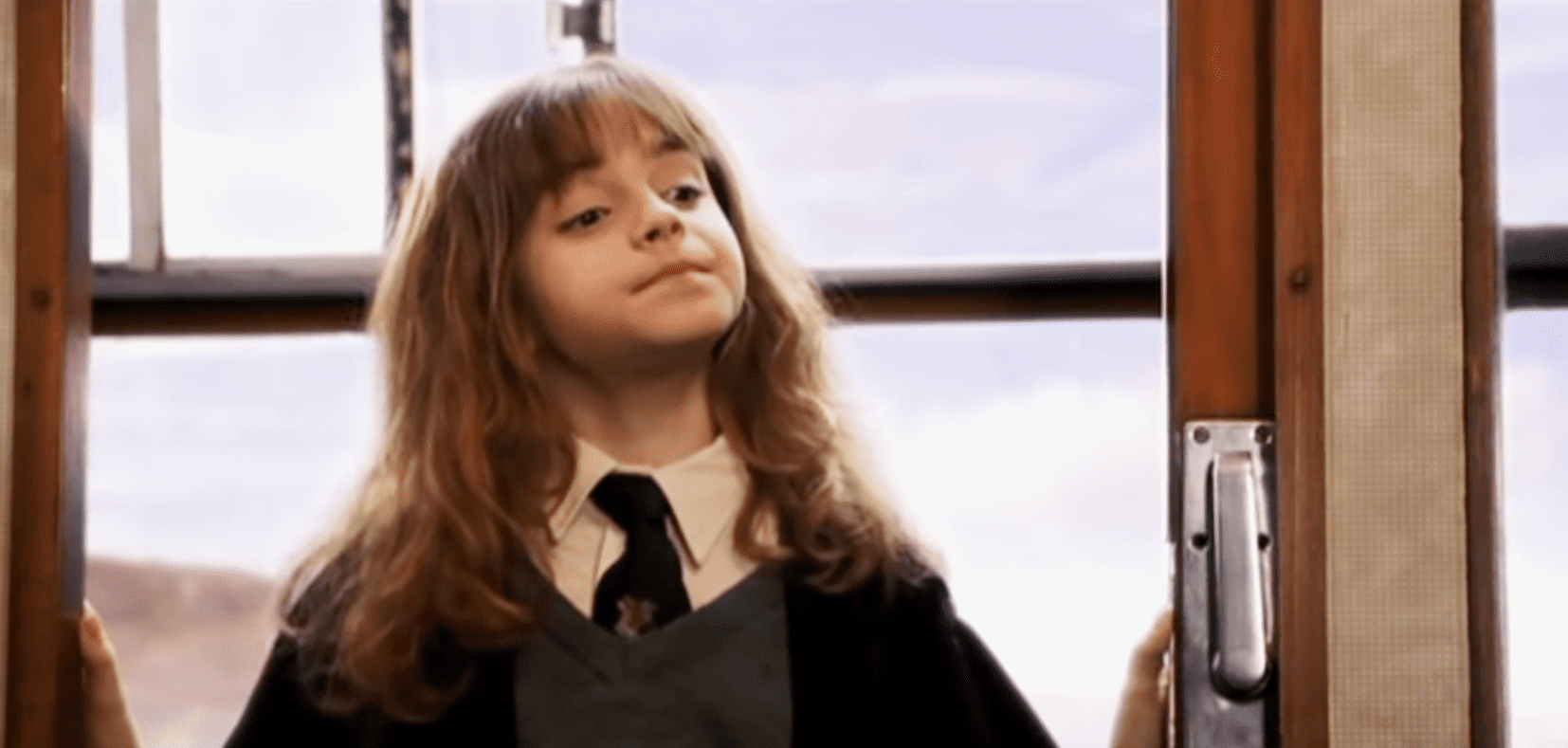 Harry Potter and the Philosopher
Harry Potter and the Philosopher
17. Midnight Snack
Food for meals at Hogwarts magically appears, but should any student get a craving for a late-night snack, entrance to the Hogwarts Kitchen can be gained by tickling a pear. The entrance to the kitchen is concealed behind an innocuous painting of a fruit bowl, but if students tickle the pear in the bowl, the handle turns and lets them in.
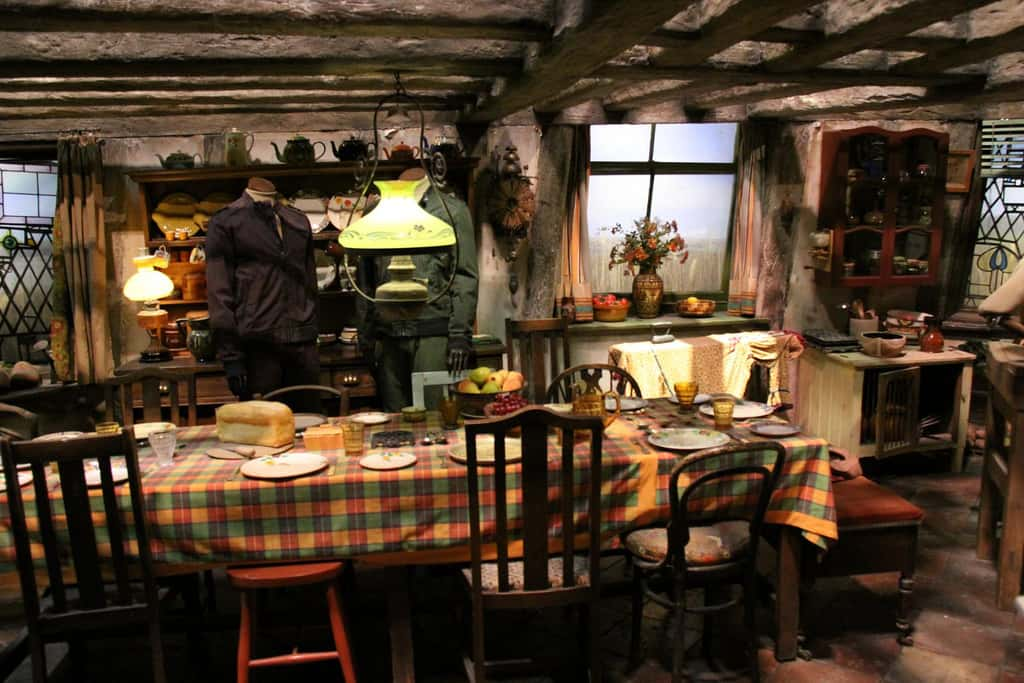 Flickr
Flickr
16. Whatever You Need
The Room of Requirement is located on the seventh floor in the left corridor of the castle, and has a hidden entrance opposite a tapestry of Barnabas the Barmy attempting to teach ballet to a group of trolls. The room can be opened by walking past it three times while thinking of what you need.
When it appears, it’s equipped for the seeker’s needs, with a few exceptions. It cannot create food and it’s seemingly unplottable, meaning it's hidden from sight and won't appear on any maps, including the Marauder's Map. It’s also suggested that the user be very specific about his/her needs, as once it has appeared other people can enter and see how it’s being used.
15. Tapping the Barrel
The Hufflepuff Common Room’s entrance is located in the kitchens, concealed behind a pile of barrels in the back right corner. To enter you must tap the right barrel on the bottom row with the rhythm of Helga Hufflepuff—tap tap, tap-tap-tap. If you get it wrong, you get soaked with vinegar.
14. Moving Pictures
The subjects of the portraits hung in Hogwarts are able to move around from portrait to portrait and even visit other portraits of themselves elsewhere in the world. The paintings are generally of witches and warlocks, and thanks to enchantments, can incorporate some of the subject’s favorite phrases and behaviors.
13. Haunted Castle
Like any good magic castle, Hogwarts is highly haunted.
Each house has its own ghost, with different features and personalities. Slytherin has the Bloody Baron (who is covered in sliver bloodstains), Hufflepuff has the Fat Friar, Ravenclaw the Grey Lady, and Gryffindor Nearly Headless Nick.
The most useful of Hogwarts’ ghosts is Professor Binns, the school's History of Magic teacher. One day, he simply fell asleep in front of the fire in the teacher's quarters, then got up to teach his class the next day, leaving his body behind. He may or may not realize that he's dead, and enters his lessons through the blackboard.
 Harry Potter, Warner Bros.
Harry Potter, Warner Bros.
12. A Royal Witch
A portrait of Henry VIII’s wife Anne Boleyn is hung on the wall of the grand staircase near the second-floor landing. She was the Queen consort of England, and mother to Elizabeth I, but Muggles believed that she was a witch. There were also rumors in the Wizarding community that she was a squib—a non-magical child born to magical parents.
11. Big Battle
The Battle of Hogwarts took place in May 1998 within the castle and on the grounds of Hogwarts, and was responsible for ending the Second Wizarding War.
After the battle, Hogwarts castle was nearly destroyed, but it seemed to have a self-regeneration process and it managed to recover and remain open.
10. Dark Tower
Hogwarts Castle has 12 major towers and around 12 smaller ones. The tallest of the towers it the Astronomy tower, where students take their astronomy lessons. It’s also the place where Snape kills Dumbledore. The most mysterious tower is the Dark Tower, which is located at the seventh-floor landing and has a prison cell at its top. It’s made of rough stone, has a stone bench, and shackles for the prisoners.
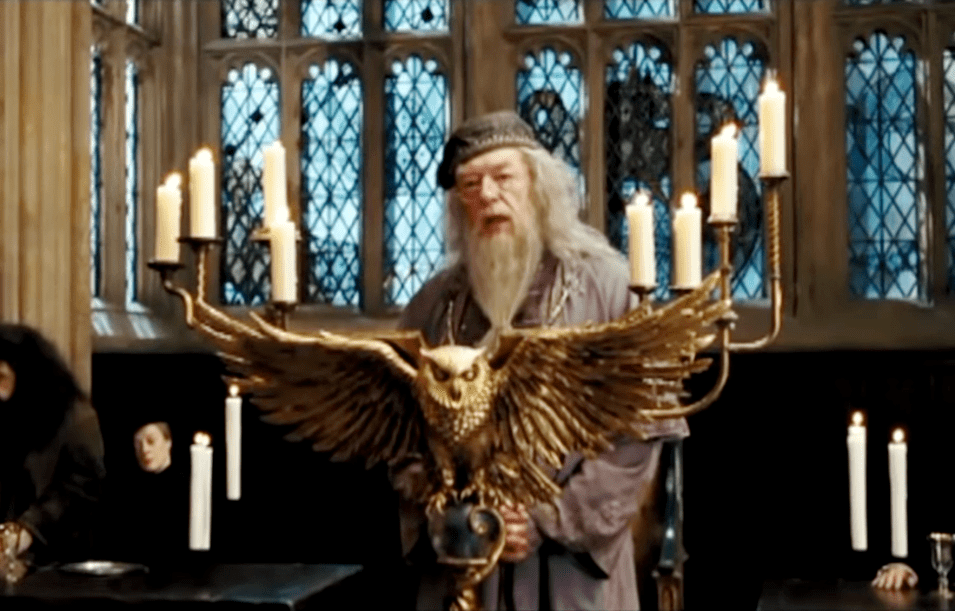 Harry Potter and the Prisoner of Azkaban, Warner Bros.
Harry Potter and the Prisoner of Azkaban, Warner Bros.
9. Down in the Dungeon
Below the ground floor of Hogwarts are several dungeons. The dungeons are the location for Professor Snape’s office, which was a gloomy room with low light and was “lined with shelves of glass jars” filled with dreadful things. In one corner was a cupboard which contained Snape’s private stock of potion ingredients—a cupboard which was frequently plundered by various characters from the series.
8. Reviewing Memories
A Pensieve is an object which allows for the sorting and reviewing of memories. The Pensive of Hogwarts is used by the headmasters to review specific memories. Not much is known about its creation except that it is made of stone, carved with Saxon runes, and it is older than the school itself. According to legend, the Pensieve was found by the school’s founders half buried in the ground, and it has become an invaluable tool for headmasters and headmistresses.
7. Opening the Chamber
The Chamber of Secrets has been opened twice in the history of Hogwarts. The first time was in 1942 when it was opened by Tom Riddle. During that opening, Myrtle was killed, and the Ministry of Magic wanted to shut down the school. In 1992, Ron’s sister Ginny opened the chamber while under the influence of Riddle’s diary. Riddle’s memory came through the diary to possess Ginny, and he used her to open the Chamber once more.
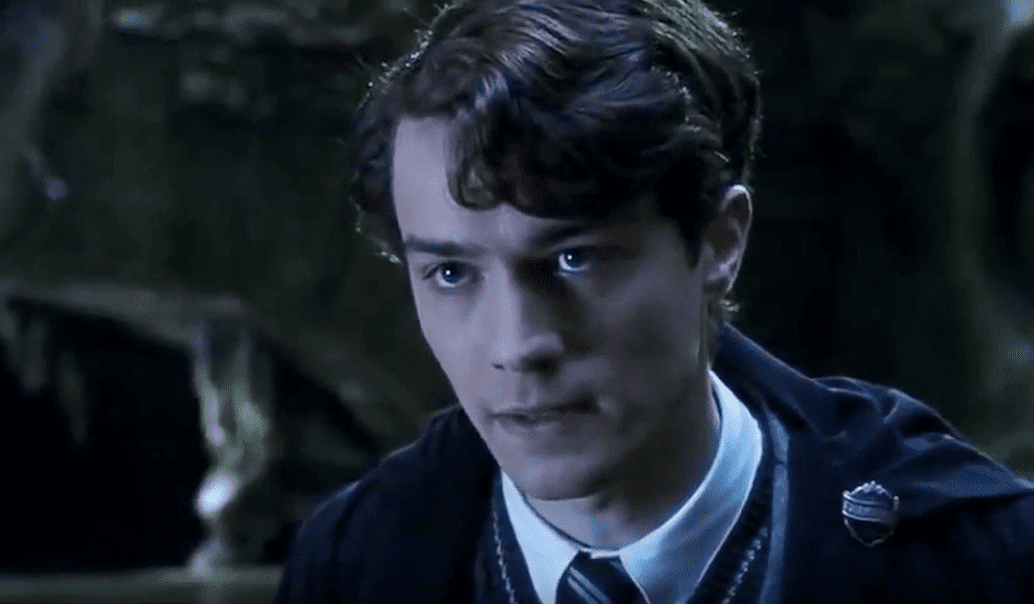 Harry Potter and the Chamber of Secrets, Warner Bros.
Harry Potter and the Chamber of Secrets, Warner Bros.
6. Insufficiently Safe for Students
In 1926, the students of Hogwarts were sent home early due to a threat from the dark wizard Gellert Grindelwald. Steps were taken to increase security at the school, but when the Daily Prophet reported the danger, the choice was made to send them home. The School’s permanent closure was considered during both openings of the Chamber of Secrets, but it didn’t end up being shut down either time. Then again, when Dumbledore was murdered, several of the teachers felt that the school should be closed, but the Ministry of Magic’s takeover by Death Eaters forced it to remain open that year under their rule.
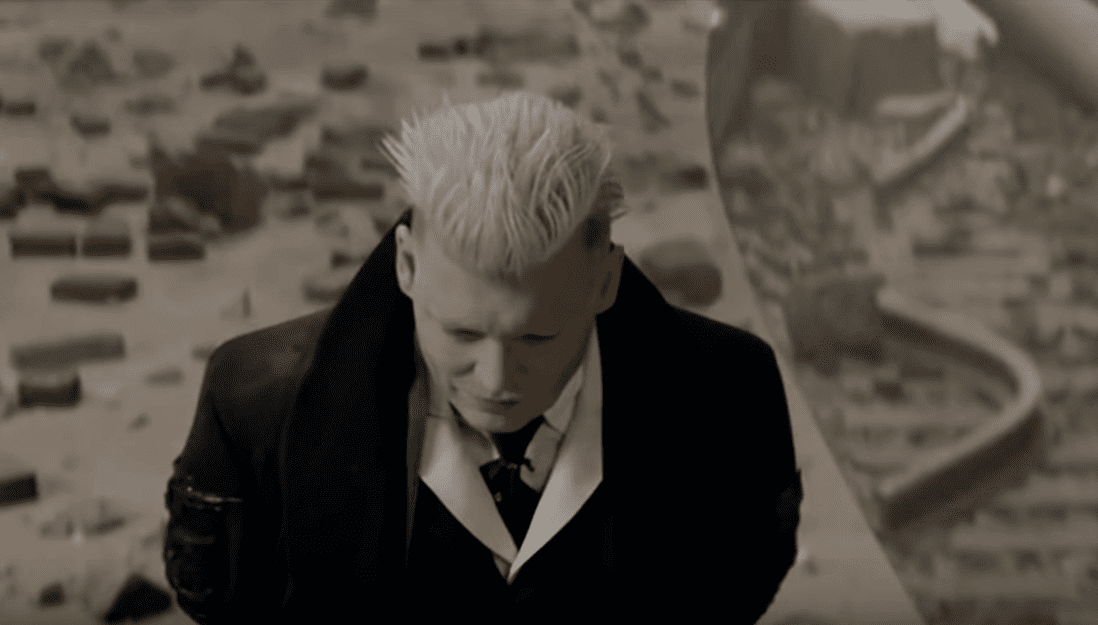 Fantastic Beasts And Where To Find Them, Warner Bros.
Fantastic Beasts And Where To Find Them, Warner Bros.
5. Education Rules
Educational Decrees were laws created by the Ministry of Magic designed to set or change the standards at Hogwarts. In the 1995-96 school year, the Ministry (headed by Dolores Umbridge), created new rules to quash or forbid behavior that they disapproved of. Breaking some of these new decrees would result in outright expulsion, but mostly they were just an excuse to get rid of Dumbledore and have Umbridge take his place. Most of these new rules were suspended when Harry Potter proved that Voldemort had truly returned.
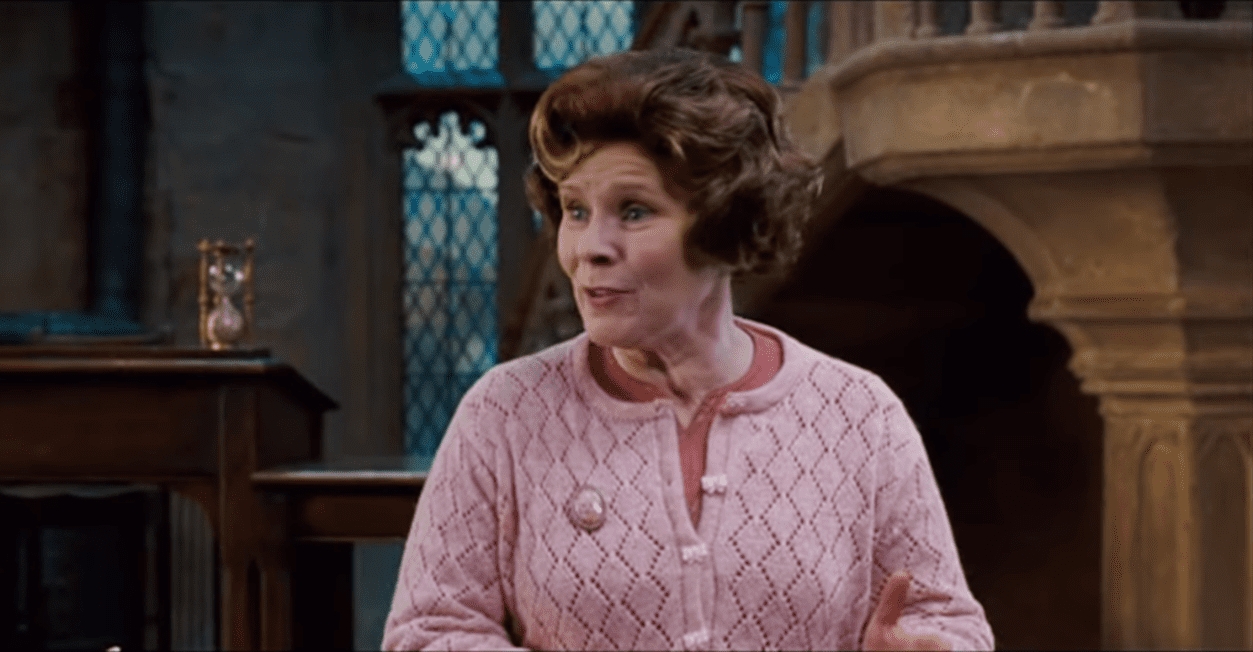 Harry Potter and the Chamber of Secrets, Warner Bros.
Harry Potter and the Chamber of Secrets, Warner Bros.
4. The Noisy Ghost
In addition to the numerous ghosts that inhabit Hogwarts, there is also a famous and disruptive poltergeist. In the Harry Potter universe, Peeves is the most infamous poltergeist in British history, and has "lived" at Hogwarts since 993. Many students and teachers enjoy Peeves, but he is a "pet peeve" for the caretakers at the school who have to clean up his messes.
According to Pottermore, there's been many efforts to get rid of Peeves. The most recent (and most calamitous) was in 1876, when the caretaker at the time set a trap baited with weapons he figured Peeves wouldn't be able to exist. Peeves, of course, managed to steal all the weapons (including cutlasses, crossbows... and a cannon) and proceeded to go on a rampage. He only calmed down when school administrators signed a contract with him that allowed him one free swim in the boys lavatory every week, as well as a new hat.
3. Magical Map
James Potter, Sirius Black, Remus Lupin and Peter Pettigrew (known as the Marauders) created the Marauders Map while they were students at Hogwarts. The map is a magical document which exposes every part of Hogwarts, including the secret passages, as well as the location of every person on the grounds, indicated by a dot and their name (though in the movies footsteps were used as indicators instead).
The map can’t be fooled by invisibility cloaks or any kind of potion or spell, and can even detect the castle ghosts. The only flaws of the map are that it’s unable to discern the identities of people with similar names (like Barty Crouch Jr./Sr.), and it doesn’t show rooms that are unable to be plotted on a map (like the Room of Requirement).
2. Tech-Free Environment
Many have wondered why muggle electronics, such as computers or phones, aren’t present at Hogwarts. After all, the series takes place in the 90s—such devices should be common. What few people realize, though, is that this is because high levels of magic make muggle devices such as computers, radar, and other electronics go haywire around the school.
Wizard "radios" do work, but only because they are a magical imitation of regular muggle radios.
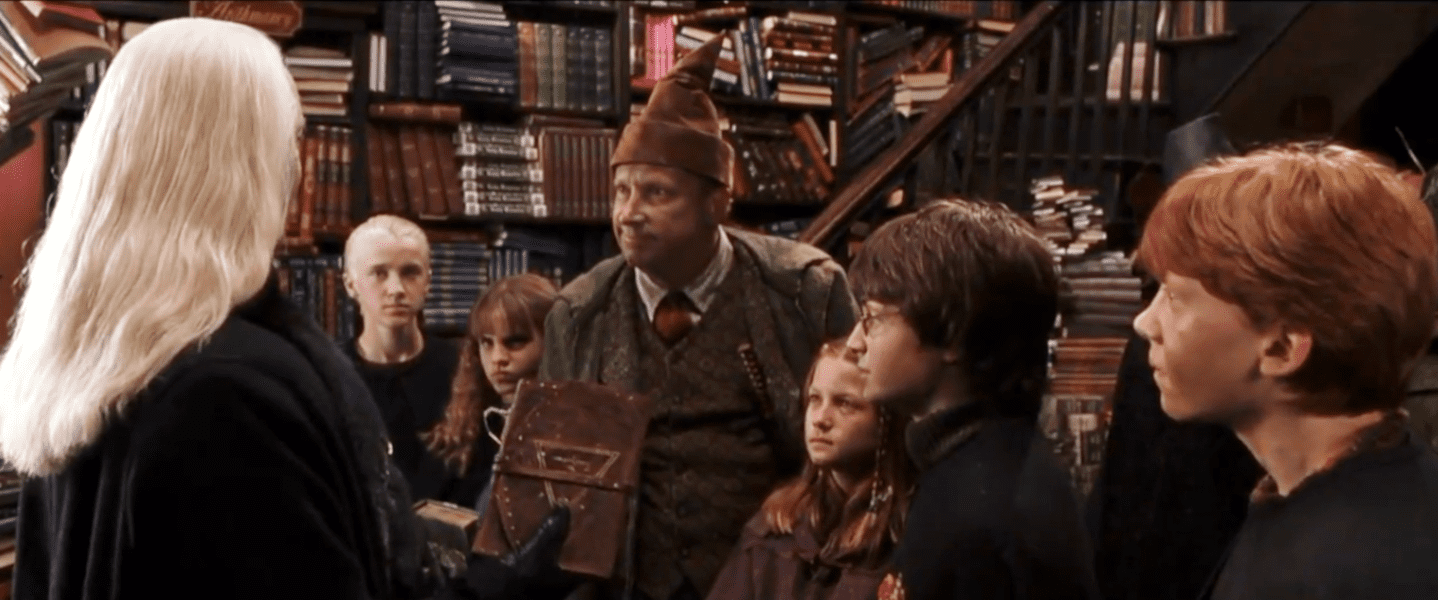 Harry Potter and the Chamber of Secrets, Warner Bros.
Harry Potter and the Chamber of Secrets, Warner Bros.
1. Nothing Vague About It
The school’s motto is Draco Dormiens Nunquam Titillandus, which translated from Latin means “never tickle a sleeping dragon." When asked how she arrived at the motto, J. K. Rowling explained that she’d always found traditional school slogans about perseverance and nobility boring, and it amused her to use a "practical" piece of advice as the school motto.
Sources: 1, 2, 3, 4, 5, 6, 7, 8, 9, 10, 11, 12, 13, 14, 15, 16, 17, 18, 19, 20, 21, 22, 23

